| |
|
|
| |
Mira Mar Veterinary Hospital
|
|
| |
|
|
| |
|
|
| |
|
|
|
|

|
| |
Welcome to our June Newsletter!
|
|
| |
|
|
| |
May was an extremely busy month at Mira Mar Vets, and we would like to thank all of our wonderful clients and their pets for being patient and understanding as we tried very hard to fit everyone into our crazy schedule!
At a time when vets, vet nurses and vet clinics around Australia are finding it really tough, we feel thankful to be in such a great part of the world, with such an amazing Mira Mar Vets family of staff, clients and patients to make every day worthwhile. |
|
|
|
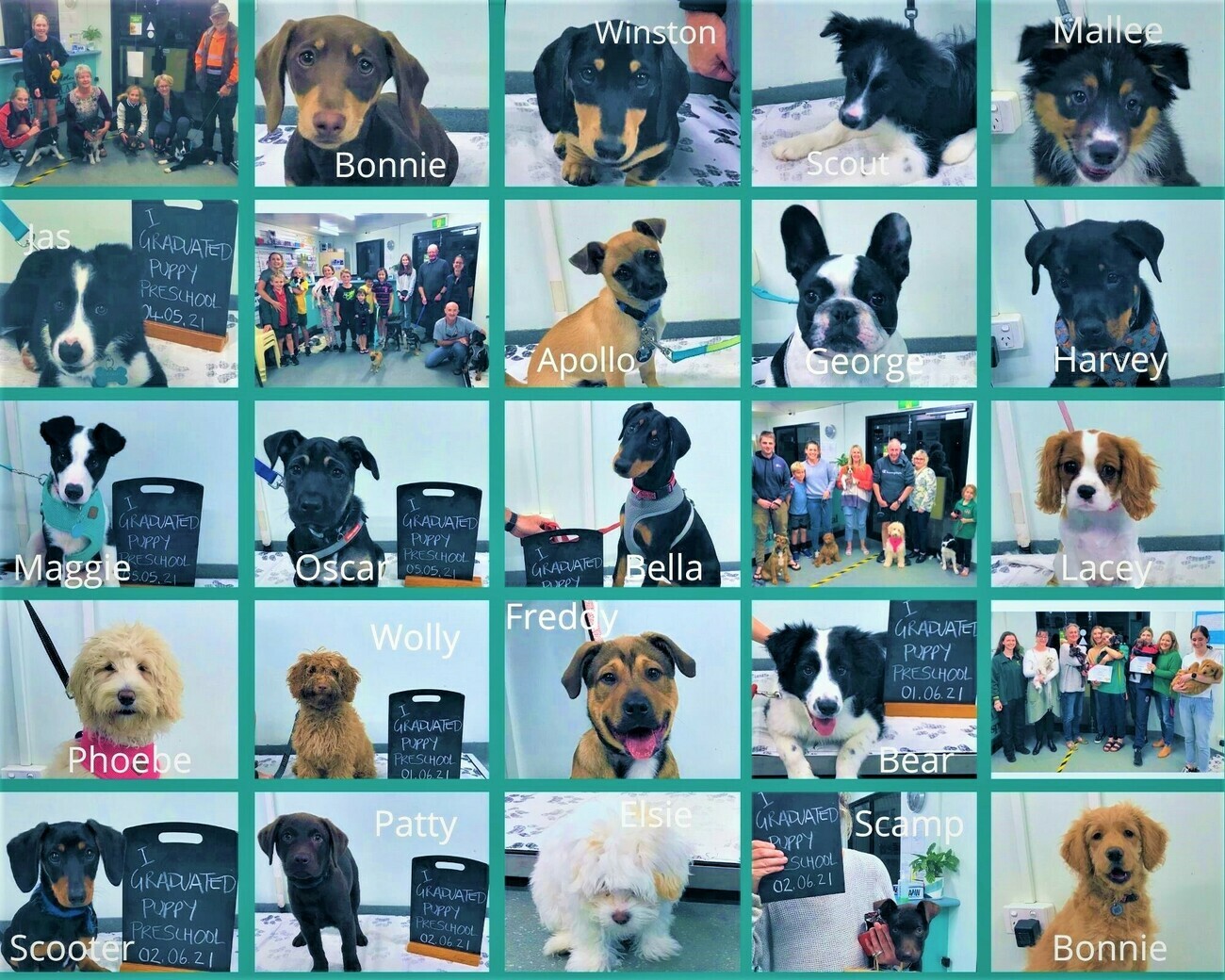
|
| |
Overwhelmed by puppies!
|
|
| |
|
|
| |
PUPPY PRESCHOOL at Mira Mar Vets has recently been overwhelmed by puppies! Our Puppy Preschool guru, Nurse Andrea, has been incredibly busy, and is thrilled to have had FOUR classes of puppies graduate in May and June.
Congratulations to ALL of these amazing little puppies!
May Class One - Bonnie, Winston, Scout, Mallee, Atlas and Jas.
May Class Two - Apollo, George, Harvey, Maggie, Oscar, Maci and Bella.
June Class One - Lacey, Phoebe, Wolly, Freddy, Benji and Bear.
June Class Two - Scooter, Patty, Elsie, Scamp, Jack and Bonnie. |
|
| |
|
|
| |
BOOK YOUR PUPPY IN TO PUPPY PRESCHOOL TODAY!
|
|
|
|
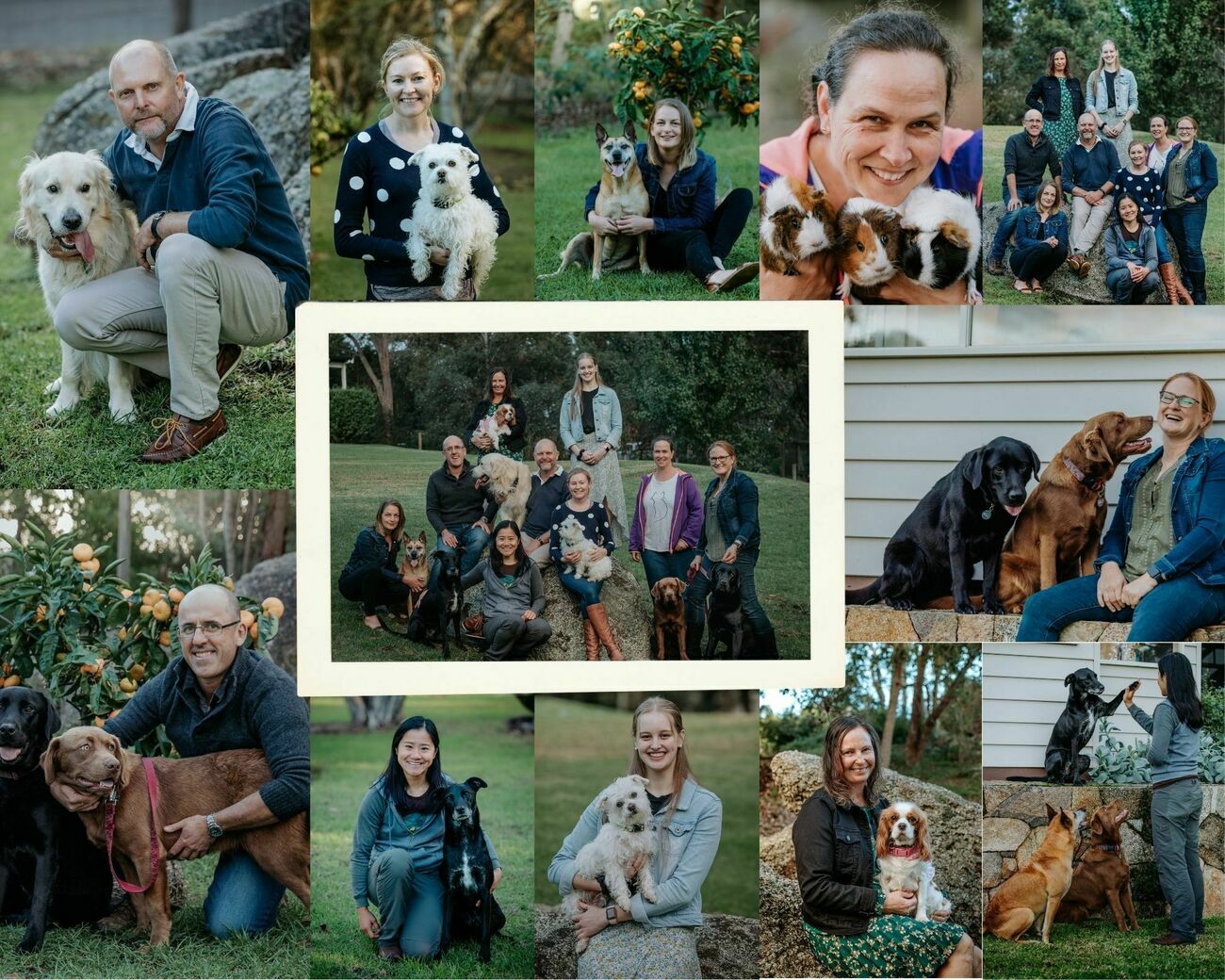
|
| |
Mira Mar Vets Photo Shoot
|
|
| |
|
|
| |
On top of all of the other busy things happening this past month, we also managed a photo shoot at Dave's house with most of the staff, their pets and the incredible patience of Krysta GuillePhotography!
Here is a selection of images for your enjoyment, we hope they make you smile as much as we did when they were being taken |
|
| |
|
|
| |
Click here to see more images in our gallery
|
|
|
|
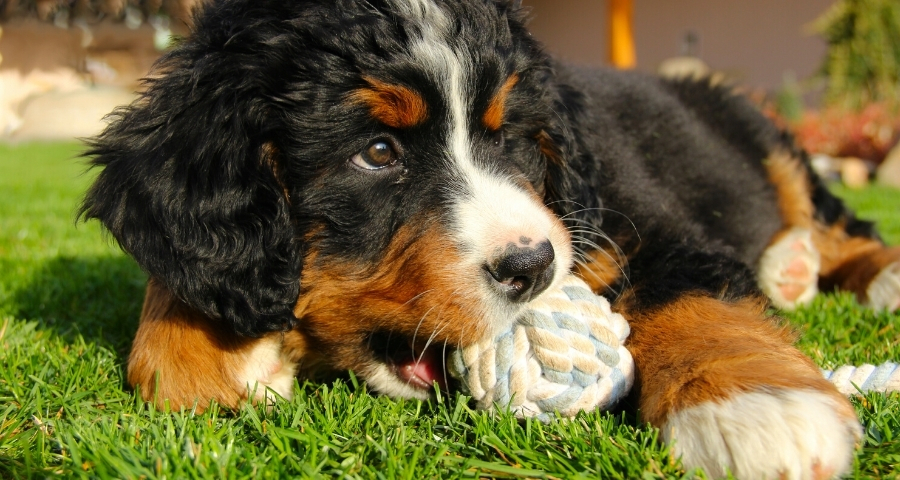
|
| |
Teething issues
|
|
| |
|
|
| |
Puppies are adorable, but they can be challenging to live with! Here are our tips to help with a few common new puppy “teething issues”.
Chewing
It’s natural for puppies to want to chew things, this is their way of exploring the world! Additionally, when they start shedding their baby teeth at around four-to-six months old, gnawing provides some relief the discomfort of the new teeth coming through.
Try to get a range of safe chewing toys, and offer several different items daily on a rotating schedule to keep things interesting. Only provide toys that don’t have small parts that may be chewed off, as this can be a choking hazard.
When giving your puppy chew treats, it’s safest to stick with food-stuffed Kong toys or digestible treats soft enough to bend slightly (e.g. dried chicken breast, vet-approved dental chews) to reduce the risk of tooth breakage or an upset tummy.
Play-biting
Many puppies play-bite with excitement, but those tiny little teeth can hurt! If your puppy is play-biting, try to distract them with a chew-toy instead. If they persist in nipping you, it can help to make a high-pitched “yelp” sound (which is puppy language for “ouch, you hurt me!”), and then calmly place your puppy into a safe “time-out” area for one minute before trying again with some calmer play.
Bear in mind that some puppies can become over-excited when tired, so if your puppy has been awake for several hours, consider putting them down for a nap in their bed or crate – they may surprise you by going to sleep!
If you’re having any cheeky puppy problems, ask our friendly team for advice! |
|
|
|
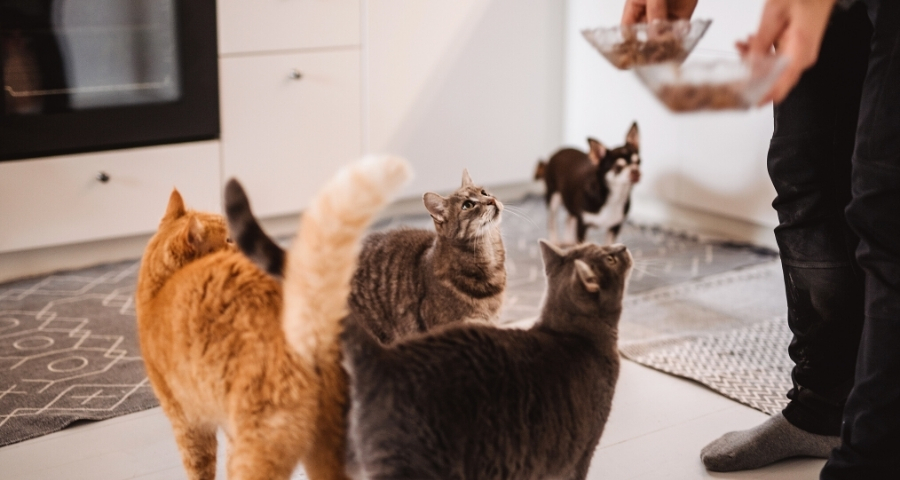
|
| |
Diets by life-stage
|
|
| |
|
|
| |
With so many different pet foods out there, it can be hard to know which will be best for your pet. Here’s some general dietary guidelines for keeping your pet at their healthiest throughout their life.
Puppies and kittens
Puppies and kittens have very high-energy requirements, and also require a specific balance of certain nutrients (such as calcium, phosphorous, and essential amino acids) for healthy growth and development. For this reason, it’s best to feed your young pet a balanced puppy/kitten veterinary diet designed for growth. Young kittens and puppies can be fed small meals three to four times a day - and gradually reduce to feeding meals twice a day by about four to five months of age.
Aim to keep your growing pet in healthy slim body condition, as being underweight can stunt their growth, and being overweight can worsen certain developmental conditions such as hip dysplasia.
Adults
When your pet becomes an adult (10-12 months old for cats and smaller dogs, and 18-24 months old for dogs over 25kg), it’s best to transfer them to a high-quality, balanced adult diet, and follow daily feeding guidelines. This will help ensure that your pet doesn’t start to gain weight now that they’re no longer growing.
Consider “indoor”, “neutered” or “healthy weight maintenance” diet types for less active pets. More active adults (e.g. working dogs) often require special working dog diets to meet their higher energy requirements.
Older animals
From eight-to-ten years old, it’s best to check in with our vets annually regarding the best diet for your individual pet, as some animals may require a transfer to “senior diets” with added joint support, reduced calories or reduced protein, and some may require special prescription diets e.g. for kidney disease support.
If you’re ever unsure about your pet’s weight or dietary requirements, please ask our team for more specific advice – we’re always happy to help! |
|
|
|

|
| |
Keeping pet food packaging out of our oceans
|
|
| |
|
|
| |
Plastic is everywhere, and whilst plastic may have made our lives more convenient, it is also polluting our planet at an alarming rate. An estimated eight million pieces of plastic make their way into our oceans every day. At this rate, plastic is estimated to outweigh all of the fish in the sea by 2050.
As you can imagine, this has a devastating impact on wildlife, with more than one million seabirds and 100,000 marine animals dying every year as a result of them eating or becoming entangled in plastic. Some studies estimate that over 55% of the planet’s whale, dolphin and porpoise species have consumed plastic.
Unfortunately, pet owners may be unwittingly contributing to this crisis. The soft plastic packaging that pet food commonly comes in is highly likely to contribute to environmental pollution if not properly recycled. The problem is that unlike bottles, cans and other common household recyclables, plastic pet food packaging - often referred to as ‘soft plastics’ - are often not accepted for curbside collection by local councils, and so they tend to get disposed of with the rest of a household’s general waste.
But plastic pet food bags and pouches can actually be recycled, and with little more effort than taking your recycling bin out each week. REDcycle in Australia and Soft Plastic Recycling in New Zealand provide dedicated bins at local supermarkets to collect and recycle this particular type of plastic.
Not only will recycling your pet food packaging at one of these bins prevent it from making its way into our oceans, but the plastic is also then processed into useful new items such as school desks, park benches, fence posts and more.
So remember, don’t bin your pet’s empty food packaging, recycle it at your nearest supermarket. |
|
|
|

|
| |
Animal News In Brief
|
|
| |
|
|
| |
Enzo the therapy dog
Image source: WSU Insider
Vets aren’t busy, they’re swamped!
The pandemic pet boom may have supported good mental health among pet owners, but it has in turn caused a crisis in the veterinary industry. Already facing a workforce shortage prior to the pandemic, vet teams have had to navigate longer hours, social distancing regulations and an influx of new pets. A measure of relief is coming, with Australia’s Immigration Minister Alex Hawke announcing that international vets will now be accepted on the Priority Migration Skilled Occupation List to help ease the shortage of vets. But with The Australian Veterinary Association noting a 45% increase in dog adoptions in some animal shelters alone, not to mention cat adoptions or pets bought from an abundance of breeders, there is still a long way to go until vets are not under the pump. There are about 1,500 unfilled veterinary positions across the country, according to Vetlink Employment Service, but vet teams are still putting in the hard yards to care for the many pets, like your own, coming through their doors.
Read more about vet shortages here.
-----
A little reminder to be kind
Taking your pet to the vet can be a stressful process, especially if your pet is sick or needs treatment that you hadn’t anticipated, so whilst you may be anxious, it's important to be gentle, kind and considerate to your vet. Vets are busy and overworked, yet they're doing their best for your pet despite impacts to their own mental health. Studies show vets are often overworked, get little sleep, little downtime, are underpaid and far too frequently receive unkind backbite from tense pet parents - and it’s causing their mental health to suffer. Vets are actually four times more likely to commit suicide than the general public. Charities like Love Your Pet, Love Your Vet and Flynn’s Walk are out there imploring the importance of mental health awareness among vets. With such a deep level of care for their patients, vets are also severely affected just by compassion fatigue. "You see these things day in, day out and it does take its toll on you,“ says James Cook University's Academic Head of Veterinary Science, Margaret Riley. So the next time you see your vet, offer them a smile and your kindness, because it could just brighten their whole day.
Read more about veterinary mental health here.
-----
Pause for a pat, it could help you get your ducks in a row
We’ve learned that watching cute animal videos and spending time with pets can reduce our general stress levels, but a recently published study from Washington State University has demonstrated that an extended dog-petting session is not only a way to decrease stress, it can also enhance our cognitive skills! With a focus on university students struggling with stress, the study compared traditional stress-management programs with an alternative - petting some very, very good therapy doggos. The study measured the executive functioning skills (for planning, concentrating and staying motivated) of 309 students and found that those most at risk ended up having the greatest improvements through the therapy dog interaction program. Improvements in the same students even “remained when we followed up six weeks later,” said the associate professor of the university.
Pet care hack of the month: When there are to-do lists to be written and things start to get a bit out of control, take some time to sit down, unwind and give your furry friend a well-deserved, big ol’ belly rub. Those few fond minutes of petting purrfection could very well help you get into the calm frame of mind needed to get your ducks in a row.
Read more about the study from Washington State University here. |
|
|
|
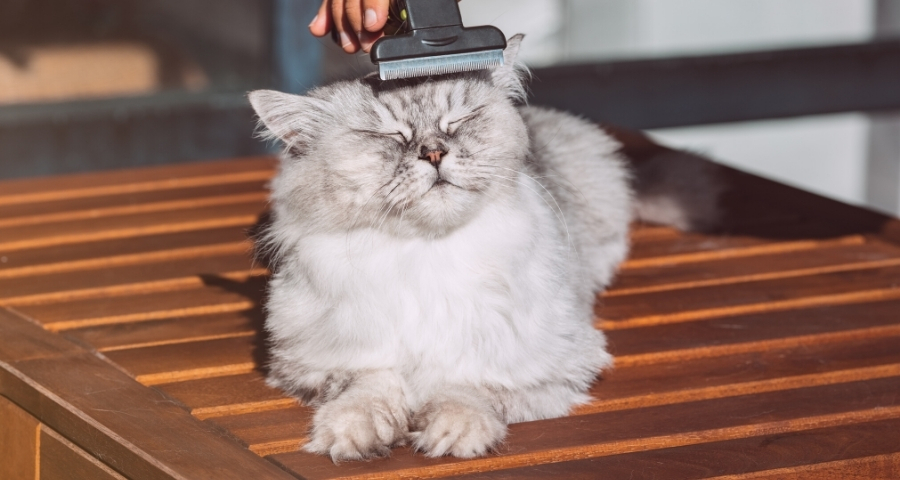
|
| |
Adult cat care
|
|
| |
|
|
| |
On the whole, adult cats are pretty self-sufficient little family-members. There are, however, some basic home health care procedures that we should be helping them out with.
Nail trims
Cat nails keeping growing, and whilst a scratching post can help, they may need their nails trimmed every few months. Most cats require gentle restraint for this, so having a second person present is helpful. Otherwise, you can try gently wrapping your cat in a blanket, and extract one foot at a time for clipping.
Giving your cat a tasty treat to lick, such as cat purée or cream cheese on a spoon, can create a positive distraction.
If you are unsure of the technique for nail clipping, check out YouTube videos (such as this one), or ask our team for a demonstration next time your cat is in for a visit!
Grooming
Whilst short-haired cats are usually able to perform their own grooming, very thick-coated or long-haired breeds (e.g. british shorthairs or ragdolls) require assistance. These cats generally need a thorough brushing twice-weekly, using a combination of pet combs, slicker brushes and deshedding tools.
If your cat ever develops a matt of fur close to their skin, it’s safest to bring them into the clinic for this to be carefully shaved off.
Monitoring
It’s important to routinely monitor some basic activities of your cat, as these can be early indicators of developing health problems – which cats can be great at hiding! Whilst it’s not everyone’s favourite activity, it’s a great idea to monitor your cat’s appetite and drinking levels, as well as their poo and wee quality and quantity (if they use a litter tray).
If you suspect an issue in your feline family member, call us for advice on the best course of action. |
|
|
|
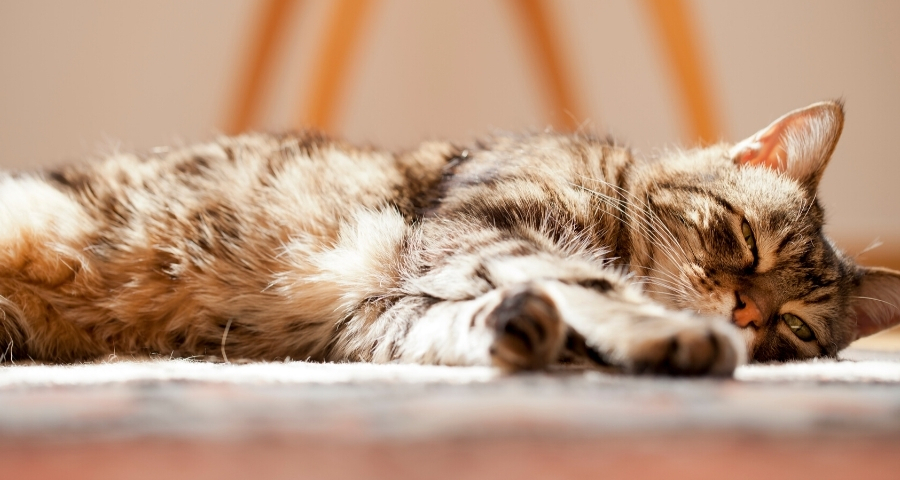
|
| |
Golden feline oldies
|
|
| |
|
|
| |
It’s normal to feel a bit sad when your once-energetic feline is now a little old man or lady cat. But there are upsides – more quiet snuggles and less kitten mischief! To help keep your gorgeous old kitty fighting fit, check out our care tips.
Grooming
Most elderly kitties benefit from gentle grooming assistance with slicker brushes and deshedding tools twice-weekly to remove dead fur and prevent matting. Older long-haired cats may require “hygiene clips”, where our veterinary team clips the hair around their tail, back legs, and bottom to prevent toileting messiness.
Teeth
Dental disease is very common in older cats, and leads to pain and infection. We will assess your cat’s dental health during routine check-ups, but you should monitor them for any signs of picky eating or bad breath in the meantime. A dental scale and polish procedure may be recommended to clean the teeth, and the vet can explain more about what's involved.
Joints
It’s very common for older cats to develop painful arthritis, causing symptoms such as stiffness after rest, reluctance to be handled around their legs or back, or difficulties jumping. Let our vets know if you see any of these signs, as there are supportive medications and supplements that can be recommended to help your pet’s comfort.
Regular health/weight checks and monitoring
It’s best for any cat of eight years or above to be seen for twice-yearly health checks where we can check their weight and perform a full physical examination. This assessment, combined with your report of your cat’s activities, and intermittent screening blood and urine tests, help us detect any developing health issues, such as kidney disease or hyperthyroidism. Early management of these conditions improves your cat’s health and long-term quality of life.
Phone us to book a check-up appointment for your older kitty! |
|
|
|
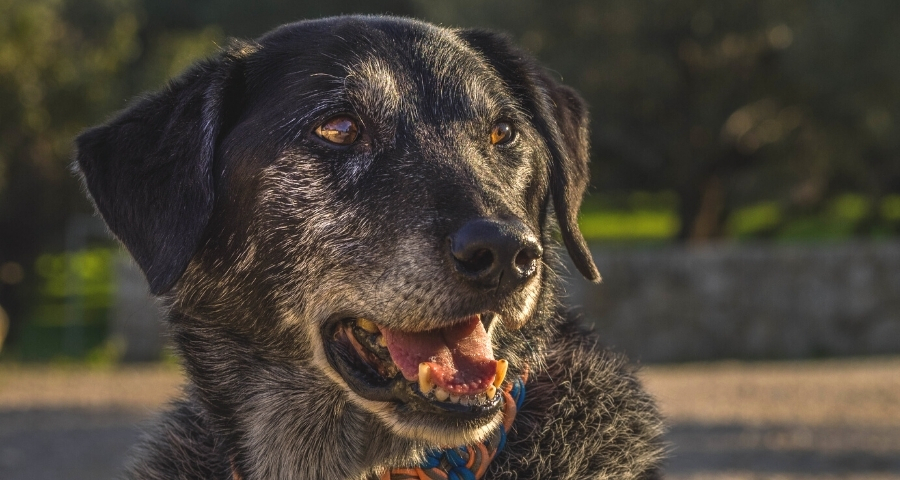
|
| |
Older doggos
|
|
| |
|
|
| |
You blinked, and suddenly your exuberant puppy has turned into a sweet old geriatric! But don’t worry - with some extra care and lifestyle adjustments, your beloved friend should be able to enjoy a lot more quality time with you yet.
Joints
It’s common for dogs over eight years to develop painful arthritis, which can be hard to recognise, as it doesn’t always cause obvious signs such as limping. Monitor your pet for symptoms such as stiffness after exercise, difficulties rising from rest, and reluctance to jump up or climb stairs.
If you notice any of these signs, it’s best to book your pet in for a check-up. There are many effective arthritis treatments to improve your pet’s joint mobility and comfort.
Lumps
If you notice any new lumps on your pet, we recommend a prompt veterinary assessment. We can offer lump testing to see if any further treatment is warranted – this is always best to be done sooner rather than later.
Teeth
Dental disease is very common in dogs, sometimes even from a relatively young age. It can cause pain, infections and contribute to poor general health. Book your pet in for a check-up if you notice any bad breath, redness of the gums or discoloured teeth. A dental scale and polish procedure may be recommended to clean the teeth, we can explain more about what's involved.
Behaviour changes
Whilst we expect old dogs to slow down a little, it’s not normal for them to become very withdrawn, anxious or unsettled. These symptoms can be caused by either medical issues or age-related cognitive decline (i.e. “dementia”). If you notice behaviour changes in your pet, it’s best to get them assessed by one of our veterinarians, as there are supportive treatments which can support optimal health in their twilight years.
Ideally, we’d love to give your old dog a check-up twice-yearly. This way, we can help them stay happy and healthy for as long as possible. |
|
|
|
| |
This email contains comments of a general nature only and is not intended to be a substitute for professional veterinary advice. It should not be relied on as the basis for whether you do or don't do anything.
All content © Pet Pack 2020 |
|
|
|
[Footer]
|